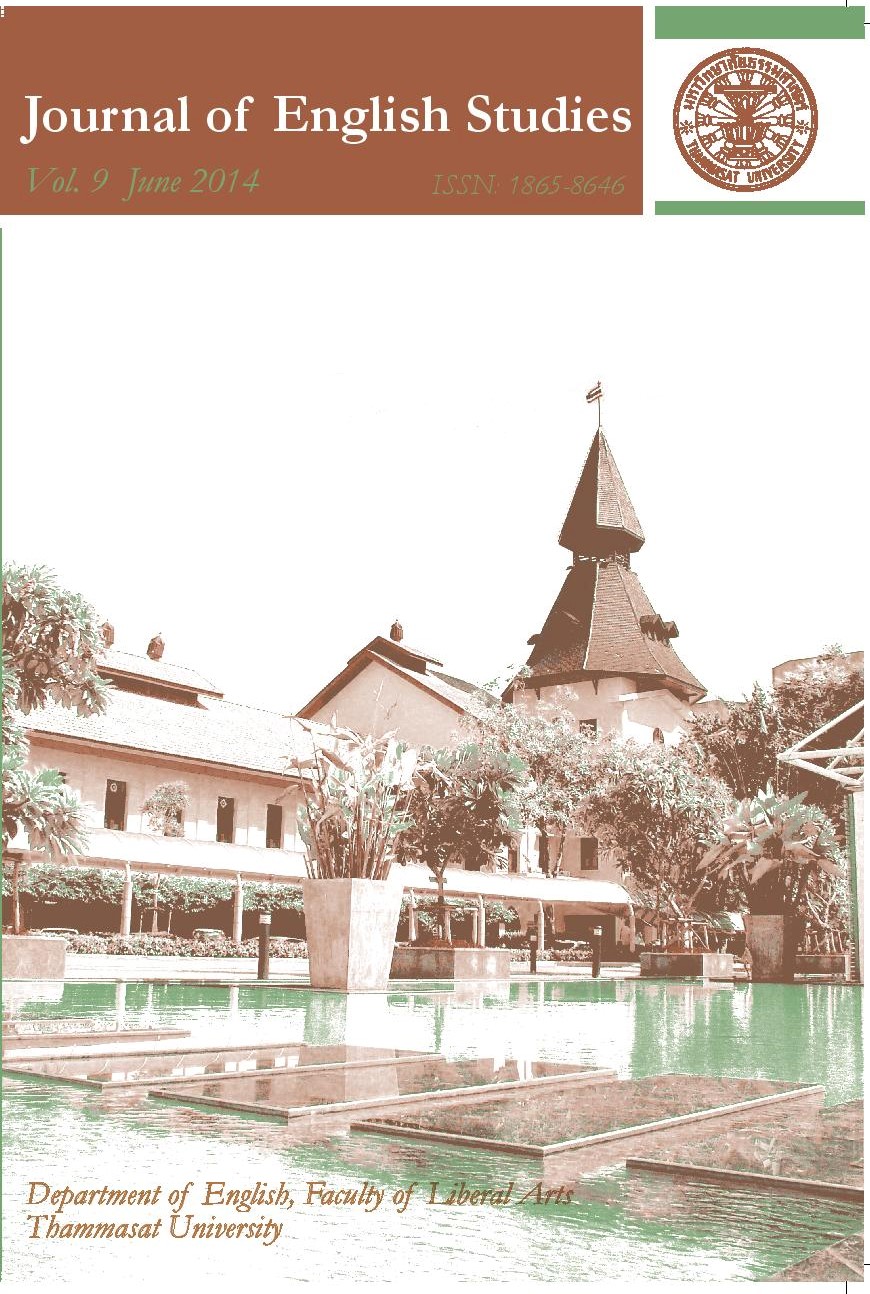Redesigning the Linguistic Ecology of East and Southeast Asia: English and/ or Local Languages?
Main Article Content
Abstract
It is now well-attested and understood that the use of English as a lingua franca is a major, if not the major, role of English in today’s world. In Asia alone, it has been estimated that there are nearly one billion users of English. All ten countries comprising the Association of South East Asian Nations (ASEAN) ratified the ASEAN Charter in February 2009. The Charter officially identifies English as the sole working language of the organization.
In this article I shall consider the implications of the development of English as a lingua franca in East and Southeast Asia with a focus on two specific issues: first, what are the implications of English as an Asian lingua franca for
the teaching of English, especially given that English now operates in many non ‘Anglo-cultural’ contexts in settings in which so-called native speaker are absent; and second, what are the implications for the linguistic ecology of the region with the continuing use of English as a lingua franca? Will we see the maintenance or demise of local languages?
Key words: English as a lingua franca in ASEAN; the Asian
corpus of English; multilingual English teachers; Asian cultures


